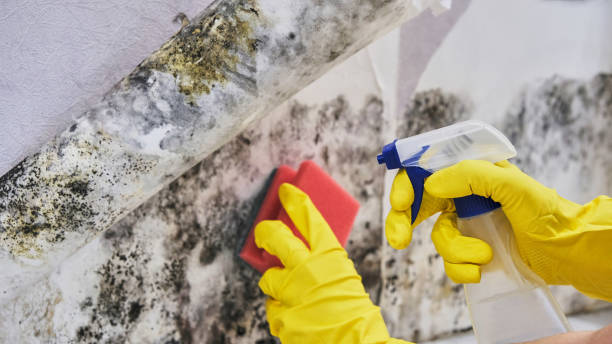
Are you familiar with mold toxicity symptoms? Do you know the causes of mold toxicity?
Did you know that mold toxicity can lead to the development of chronic diseases like fibromyalgia and some respiratory diseases?
Let’s dig deeper!
You’ve probably seen molds around you, and according to Heather Sunderland in a YouTube interview with Nurselovesessentials, she said, “50% of homes in the United States have molds in them; 75% of the time, these molds are invisible!”
So, what happens?
Mold toxicity occurs due to inhalation of the toxins released by molds as waste. These toxins infiltrate the respiratory system and cause mold toxicity as we know it.
RELATED POSTS:
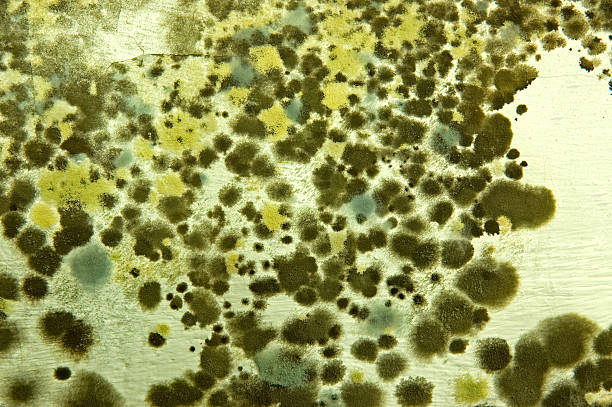
What is mold toxicity?
Mold toxicity is a health condition caused by exposure to mycotoxins produced by molds. Molds produce these toxins as a biological by-product.
This is the main difference between mold toxicity and allergy because they are often used interchangeably. Mold allergy is caused by exposure to mold spores, while toxins produced by molds primarily cause toxicity.
Mold toxicity is usually not a problem when it happens outdoors. However, serious health conditions can occur when mold is present indoors, exposed to moisture, and toxins accumulate in the air.
Mycotoxins can result in different symptoms, including allergies, malaise, and neurologic and autoimmune disorders. These symptoms also vary in severity depending on the extent of exposure. You can get exposed to mycotoxins through smell, physical contact, or ingestion.
Toxins released by molds are classified into two:
- Mycotoxins
- Microbial volatile organic compounds (MVOCs).
The toxins can impair the immune system, cause damage to cells, and even affect the nervous system.
Diagnosis of mold toxicity is still insufficient because only a handful of toxins are tested in urine. Also, you can be tested for reaction to certain antibodies, but overall, there is no standard operating procedure for diagnosing mold toxicity.
Mold toxicity symptoms in humans.
Mold toxicity symptoms are similar to symptoms you would find in any respiratory or neurological disease, which is why the diagnosis of mold toxicity might take some time.
Here are some mold toxicity symptoms in humans:
- Skin irritation
- Red eyes
- Runny nose
- Post nasal drip
- Headache
- Sore throat
- Asthma
- Brain fog
- Loss of memory
- Pneumonia
- Eye problems

Mold toxicity effects on the human body.
The effects of mold toxicity on the body are numerous and affect different bodily functions.
Sometimes, mold toxicity can increase the risk of serious health conditions and aggravate existing ones.
Here are some effects of mold toxicity on the human body:
- Neurologic effects: brain fog, tremors, dizziness, memory loss, tingling, and headaches
- Musculoskeletal effects: joint pains, muscle cramps, muscle twitches, and tics
- Psychiatric effects: anxiety, depression, fatigue, insomnia, and behavioral disorders
- Gastrointestinal effects: nausea, vomiting, diarrhea, and bloating
- Urinary effects: incontinence and loss of bladder control
- Hormonal effects: excessive sweating, parchedness, night sweats, weight gain or loss, and poor temperature regulation
- Immune effects: chemical sensitivity, infections, allergies, and autoimmunity
- Skin effects: rashes and itching
However, it is essential to note that these effects are not generic, and the fact that you don’t have them does not rule out mold exposure and toxicity.
The best way to determine if you have mold toxicity when you see any of these symptoms is to confirm if you have mold exposure by checking places that are usually infected with molds.
Places prone to mold growth.
If you suspect that you might be exposed to mold, here are the places in your house you can check for mold growth:
- Water lines for appliances
- Plumbing pipes
- AC drains
- HVAC systems
- Back of wallpapers
- Basements
- Crawl spaces
- Vents
- Chimneys
- Doors
- Baseboards
- Window sills
- Underneath hardwood floors
- Roof leaks
- Attics
- Pantry

If you do not see mold growth in any of these places, this doesn’t mean it does not exist. Qualified professionals may require special testing to confirm its presence.
Treatment for mold toxicity.
After your doctor has assessed your mold toxicity symptoms and arrived at a diagnosis, there are different ways you can treat mold toxicity even without using medications. Some of these ways are:
1. Removing the source of exposure
This step is crucial to treating mild toxicity. Check out places prone to mold growth and identify all the sources of mold exposure in your house.
You need to know that getting rid of the molds is not the final step, as mycotoxins might still be present in the atmosphere after you’ve gotten rid of the molds. Hence, detoxification, diet changes, medications, and medical check-ups are also important.
2. Detoxifying the body
This helps you get rid of mycotoxins already in your body. Detoxification helps your body eliminate mycotoxins by binding to and eliminating them.
3. Changing your diet
Eating an anti-inflammatory diet can assist your immune system and restore its balance.
4. Improving sinus health
Mold toxicity usually colonizes the respiratory tract. It is a good idea to work with an ear-nose-throat doctor who can take steps to improve your sinus health.
5. Antifungal medications
Some health practitioners recommend antifungal medications if your immune system is compromised by mold exposure and toxicity.
How to get rid of molds
Up to 50% of houses in the United States have mold issues. The building materials used for houses, including wood, carpet, drywall, and asbestos, are materials that mold spores are strongly drawn to, especially when they are exposed to moisture.
Your house can be exposed to moisture in different ways, including leakages, holes in the wall, flood-prone environments, high humidity levels, low sunlight, and air circulation.
When you have observed the growth of molds in your house, here are ways you can get rid of mold growth and mycotoxins:
Professional help
Some professionals help to detect mold growth in your house and remove them. If you can find one near you that is affordable and with good reviews, you can enlist their help.
Use of dehumidifiers
Dehumidifiers help to remove moisture from the environment, which can be effective when addressing mold growth and purifying the air in your home.
Proper ventilation
Allowing natural air to flow freely in and out of your house can also help reduce the amount of mycotoxins in your home. You can use fans or open windows to allow air and proper ventilation, especially in damp areas.
Replace carpets & walls
Old carpets and wallpapers should be removed, especially when they have been infested with mold and you can’t remove them.
Do not paint over mold; removing them is more effective.
Use of bleach to clean off surfaces
You can add bleach or other non-toxic alternatives vinegar, hydrogen peroxide, etc. to your cleaning agents and use them for surfaces prone to molds, like your countertops and sinks.
Although bleach is an effective agent for eliminating mold on non-porous surfaces, it should be used with caution as there are health concerns associated which it’s usage.
Mold toxicity symptoms are numerous and common, often mixed up with other diseases, especially respiratory and neurological diseases.
However, learning about mold toxicity symptoms and understanding the cause of the disease will go a long way in ensuring you avoid misdiagnosis.
Also, awareness of mold toxicity and certain diseases can help you raise the possibility of mold toxicity to your doctor.
If you have enough evidence to support your suspicion, discussing it with your doctor is entirely okay. It is what makes self-advocacy a beneficial skill when it comes to chronic illnesses.
How many mold toxicity symptoms do you know? Do you think mold toxicity is often misdiagnosed?
READ ALSO: 11 Ways you can efficiently manage Multiple Chronic Conditions
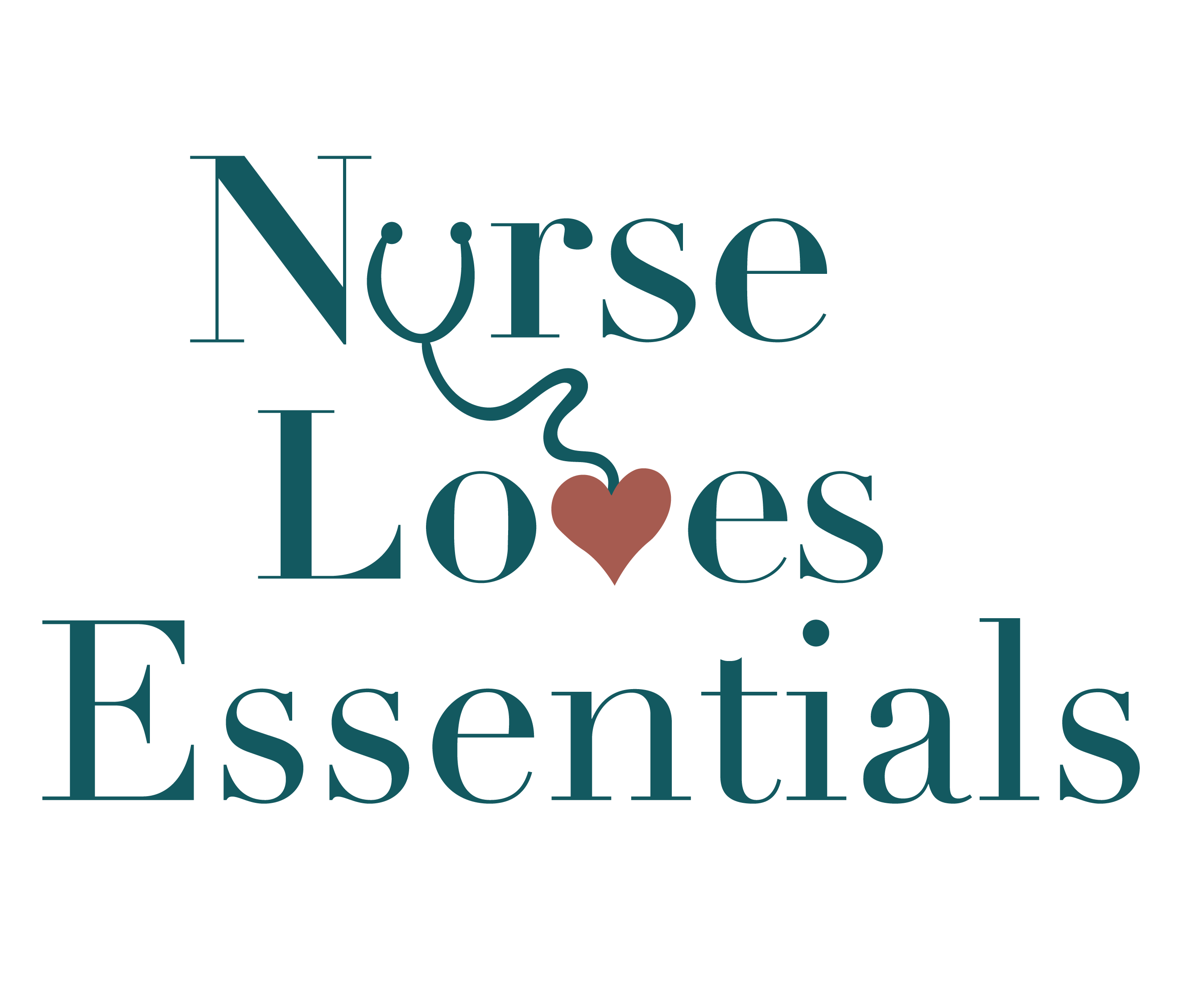
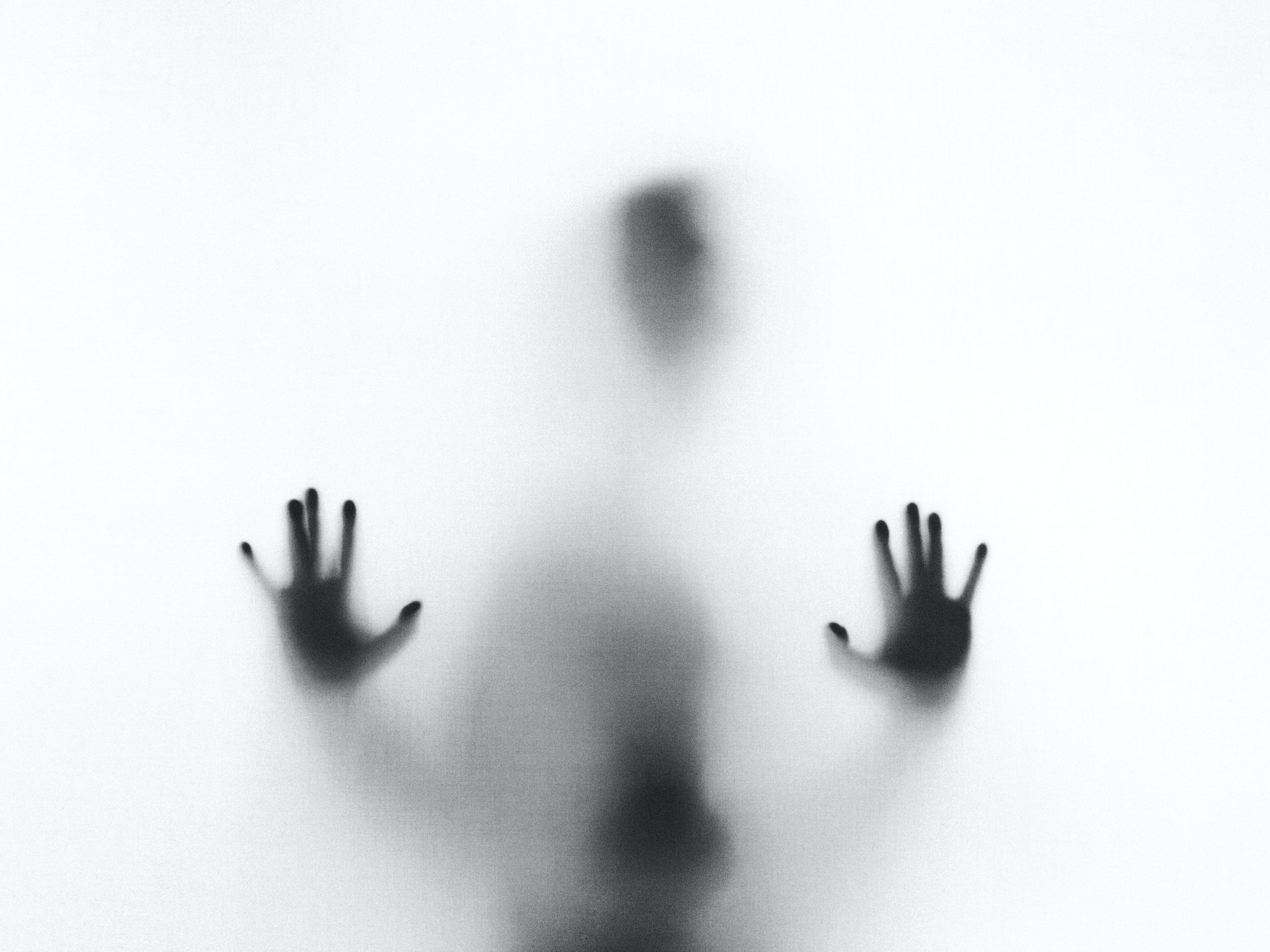
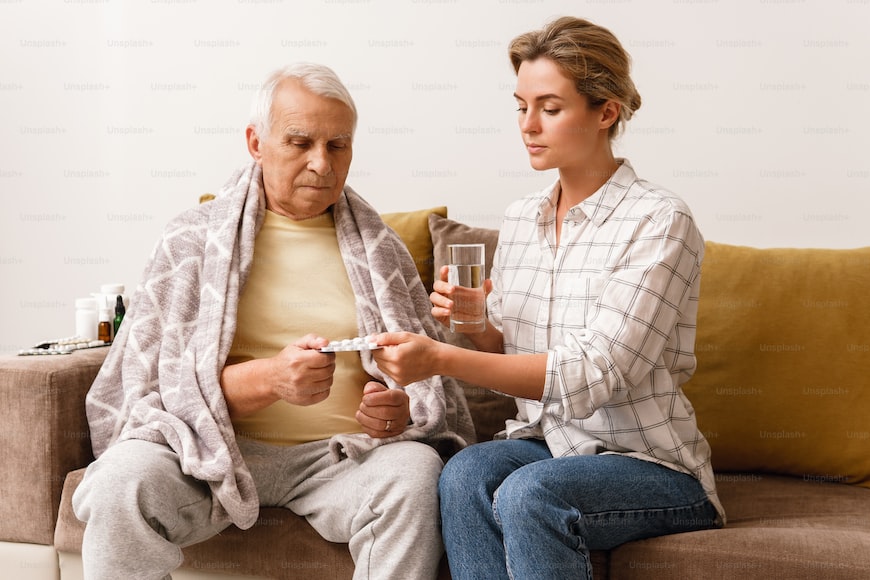

0 Comments